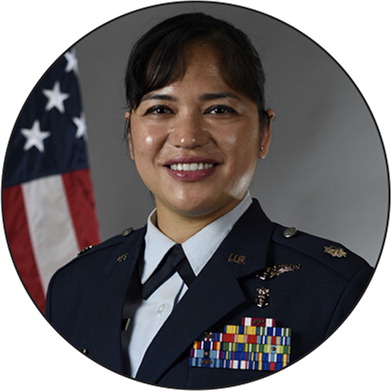
Am Fam Physician. 2024;110(2):192
Author disclosure: No relevant financial relationships.

8:00 A.M.
Today, I come to work expecting a typical day of patient care. Perhaps I would have an interesting case or two. Even though the charting seems to never end, what I really do is listen to stories. Every patient has a story.
8:20 A.M.
I celebrate with my patient in early recovery on Suboxone. According to his family, he is a new man, and he feels like one too. There is no more oxycodone or hidden fentanyl. He is working and sleeping better and is in a better mood. He is so glad that someone would listen to him.
8:40 A.M.
I see a new patient who comes in for a physical. His partner, a transgender man, is pregnant. It was not expected, but it is welcomed. He admits he is a little scared. His partner lives three states away, and he is considering moving. He has never shared about his partner before because no one had asked him the right questions.
9:20 A.M.
I cry with my obstetrics patient who is not pregnant, at least not anymore. I delivered her first baby, but I will not deliver this one. She wants me to know that it was a hard decision. We both wipe away tears before I move on.
10:40 A.M.
Next is a patient who was seen in the ER last weekend. “We did a scan,” they told her. “The pain in your low back that you have had for months could be cancer. You should see your primary care physician.” She asks me if she has cancer. I try to soothe her frayed nerves, we make a diagnostic plan, and I give her a hug.
And this is just the morning. I am a family physician who sees people and hears their stories. There is power and privilege in listening. This is where I find joy in the work that I do.

8:30 A.M.
I perform an acromioclavicular steroid joint injection under fluoroscopy in the orthopedics clinic in the main hospital. The patient is pleased with the pain relief. I discuss opportunities for the use of ultrasonography for joint injections in limited settings, such as deployment, with my orthopedics colleague.
10:00 A.M.
I drive to my special operations clinic embedded in my squadron. I check on a patient undergoing intensive outpatient treatment for traumatic brain injury and likely PTSD from his deployments. I make a mental note to stop by again later this week. I coordinate with mental health to support his treatment.
11:15 A.M.
I stop by a Tactical Combat Casualty Care class and teach cricothyroidotomy and chest tube insertions to more than 30 students. I check on the medical student currently on the operational medicine rotation, who appears to be adjusting well to the fast pace.
4:00 P.M.
I edit a poster for an upcoming conference on a recent case we had of swimming-induced pulmonary edema. This is a rare condition that is typically found in competitive athletes and special operator training. I am thankful for the point-of-care ultrasonography training that I received to hone my ability to find Kerley B lines. Making a rapid diagnosis poolside enabled early intervention.
5:30 P.M.
On the drive home to have dinner with my children, I reflect on the privilege of caring for military patients and their families. I am thankful for my family medicine training that allows me to adapt to meet the needs of the operational mission, whenever and wherever I am needed.
The opinions and assertions contained herein are the private views of Dr. Clemente Fuentes and are not to be construed as official or reflecting the views of the U.S. Air Force, U.S. Department of Defense, or U.S. government.

